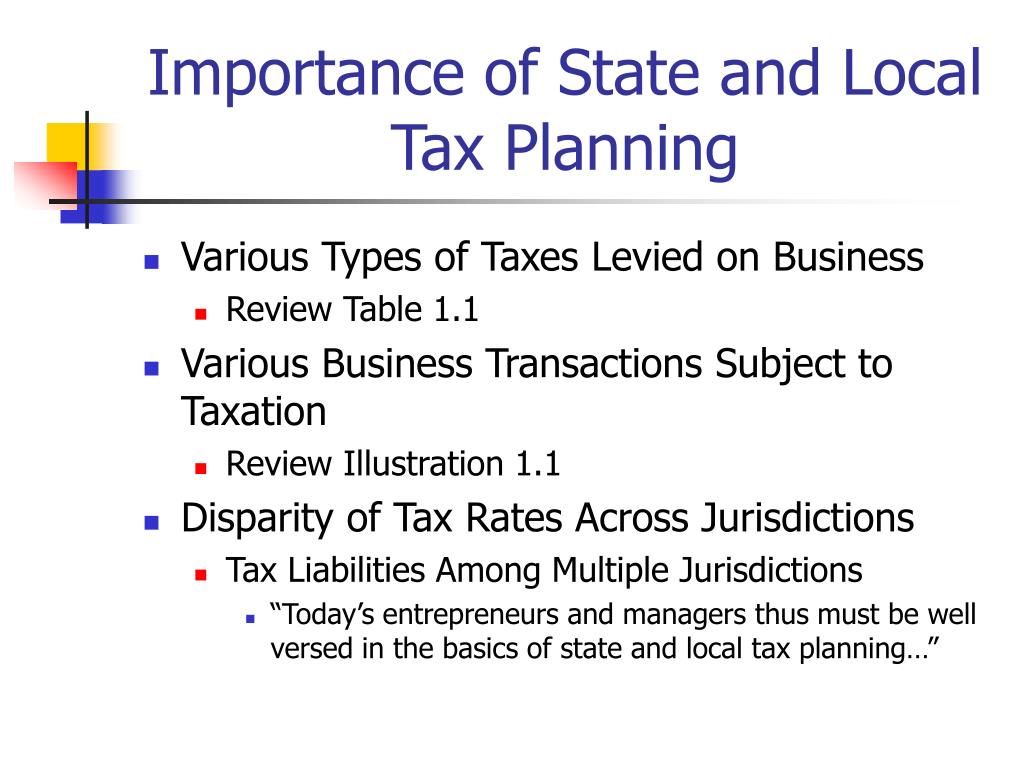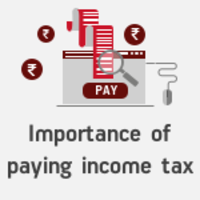What Does Tax As Distinguished From License Fee Do?
Wiki Article
More About Tax Avoidance
Table of ContentsAn Unbiased View of TaxonomyFacts About Tax Amnesty Meaning UncoveredThe 2-Minute Rule for Tax Amnesty 2021The Buzz on Tax Avoidance MeaningThe 10-Second Trick For Tax As Distinguished From License FeeThe Basic Principles Of Tax Avoidance Our Tax Avoidance And Tax Evasion Statements
Tax obligation has become a reputational issue. External stakeholders such as the media, civil culture organisations, government and also the public at huge are showing an interest in a firm's tax obligation events including its strategy, and also the amount of tax obligation that it pays. Employees are additionally thinking about recognizing even more regarding their company's position on tax.Tax and also its effect on business track record is a vital company concern. What complies with is an outline of four of the locations where we deal with clients to assist boost their transparency around tax in a national context, and also globally. This is with a view to motivating a far better understanding of the Complete Tax Obligation Payment that they make, and to make sure that this is connected in a proper means.
Apr 8, 2021 Payroll taxes fund government insurance program programs including Social Safety and security as well as Medicare as well as are the second-largest resource of earnings for the federal government. In 2019, one of the most recent year for which data were not influenced by short-term distortions arising from the pandemic, pay-roll tax obligations composed 36 percent of total federal incomes.
Unknown Facts About Tax Avoidance Meaning

When the tax devoted to Social Safety and security was very first implemented in 1937, it was covered by statute at the first $3,000 of revenues (which would certainly be equal to around $56,000 in 2021 dollars). Because 1975, the taxed maximum has usually been boosted every year based on an index of nationwide average wages.
Economists take into consideration the Social Protection tax obligation to be regressive, since as a person's profits rise over the cap, the part of complete profits that is strained decreases. Disagreements For as well as Against the Social Safety Tax Cap Advocates of enhancing or removing the limit on incomes based on the Social Protection payroll tax obligation argue that it would certainly make the tax obligation less regressive and also belong to a remedy to strengthen the Social Protection trust fund funds.
The smart Trick of Tax Avoidance That Nobody is Talking About
Another debate is that eliminating the taxable optimum would certainly readjust for the fact that higher-income people normally have longer life expectancies and also hence obtain Social Safety benefits for a better quantity of time. Challengers suggest that increasing or removing the taxable optimum would certainly deteriorate the web link between the quantity individuals pay in Social Protection taxes and also the amount they obtain in retirement advantages.Those opponents mention programs that have actually been produced to at the very least partially counter the regressive nature of the Social Safety and security pay-roll tax. Some financial experts anticipate that if the limitation were lifted, employers may react by shifting taxed settlement to a form of compensation that is strained at a lower rate.
Regardless of that similarity, there is much variation in exactly how various other OECD countries impose pay-roll tax obligations on their citizens. Countries such as the Netherlands, Sweden, Germany, and Canada have caps on taxable profits that are less than useful source in the United States; others, such as Norway and Ireland, tax obligation all incomes. Normally, countries with higher pay-roll tax rates have reduced caps, while nations with reduced pay-roll tax obligation prices, like the United States, tend to have higher caps or no caps in all.
What Does Tax Avoidance And Tax Evasion Mean?
Particular countries, like the UK as well as Austria, have a bracketed pay-roll tax structure that imposes the pay-roll tax at various prices depending on overall earnings, similar to exactly how the USA levies income tax obligations. In the United Kingdom, that bracketed system is regressive in framework, while in Austria it is progressive.
Look At This

That superefficient tax is a head tax, whereby all individuals are tired the very same quantity, despite revenue or any other individual characteristics. A head tax obligation would not minimize the reward to work, save, or invest. The problem with such a tax obligation, nonetheless, is that it would certainly take the very same amount from a high-income person as from a low-income person.
3 Easy Facts About Tax Accounting Explained
As well as also a head tax would certainly distort people's options rather, by providing them a motivation to have fewer kids, to live and work in the below ground economic situation, and even to emigrate. Within the realm of what is functional, the objective of efficiency is to lessen the methods which taxes impact people's selections.Fairness, to many people, calls for that equally based taxpayers pay equal tax obligations ("straight equity") and that better-off taxpayers pay even more tax ("vertical equity"). These objectives seem clear enough, fairness is extremely much in the eye of the beholder. There is little arrangement over exactly how to evaluate whether 2 taxpayers are equally located.
And also also if one taxpayer is plainly better off than another, there is little agreement concerning just how much a lot more the better-off individual must pay. Most people believe that justness determines that tax obligations be "progressive," meaning that higher-income taxpayers pay not just more, but also proportionately more. Nonetheless, a significant minority takes the placement that tax obligation prices need to be level, with everybody paying the exact same proportion of their gross income.
A Biased View of Taxonomy
Economic experts who think that additional resources earnings tax obligations highly reduce rewards to work or save, as well as financial experts that think that normal family members already are unjustly strained by heavy taxes, might resist tax boosts that would certainly relocate the federal budget toward balance. Likewise, other objectives of tax policy conflict with each other - taxonomy. High tax rates for upper-income homes are inefficient but are evaluated by some to make the tax obligation system fairer.The firm earnings tax was the source of almost a 3rd of complete profits at the start of the period, but it has actually decreased dramatically to under 10 percent today. In mirror image, the pay-roll tax for began at simply under 10 percent of overall income but increased greatly to around 40 percent as the elderly and -readjusted Social Protection advantages grew and also as the Medicare program was added to the system.
(The data in Tables 1 and also 2 are computed on various audit years and also procedures, and also hence can not be included with each other; the basic picture they suggest is, nonetheless, accurate. tax amnesty 2021.) The boost in state as well as neighborhood tax obligations has actually included in the taxpayers' burden and has actually limited the federal government's capacity to reduce the federal shortage and to boost spending.
The smart Trick of Tax That Nobody is Talking About
This legislation, like the 1981 law, additionally dramatically lowered earnings tax prices. It was, nonetheless, substantially various from the 1981 tax cuts in an extra significant sense, because all of the tax obligation price cuts were "paid for" by the removal of tax incentivesincluding the remaining organization investment incentives from 1981.Report this wiki page